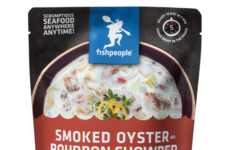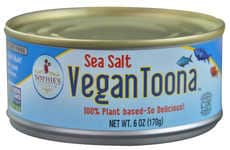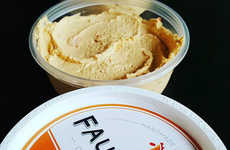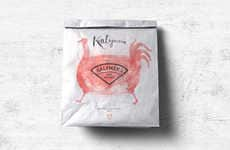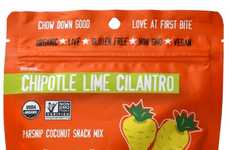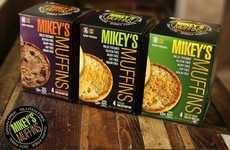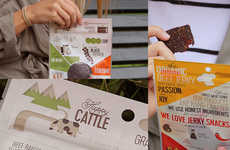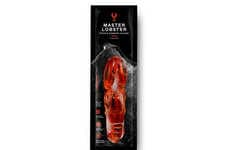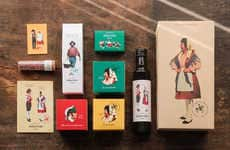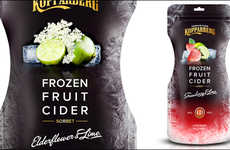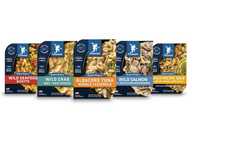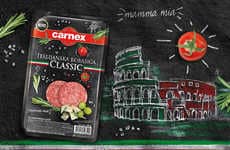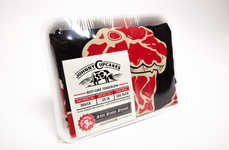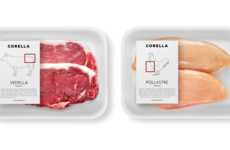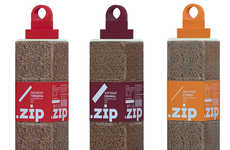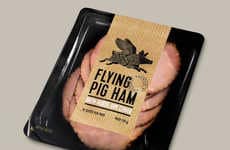
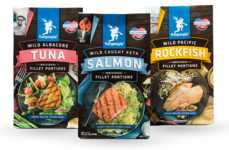

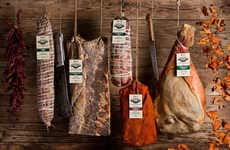
Meat & seafood products receive a premium redesign with crafted packaging
Implications - As a desire for organic, non-GMO foods grows, so does consumer skepticism over food products, prompting brands to rethink the way their goods are displayed. Using transparent packaging, handcrafted imagery and local heritage to give packaged products like meat and seafood a more traditional aesthetic, brands are seeking to not only convey greater transparency, but also add a more wholesome aesthetic to goods. This represents a shift toward packaging designs that allow consumers to easily identify the product as well as its organic roots and production.
Workshop Question - What message does your branding convey to the most premium members of your target demographic?
Trend Themes
1. Transparent Packaging - Using transparent packaging to convey greater transparency and organic roots, while also providing a more traditional and wholesome aesthetic to goods.
2. Premiumization of Food Products - The use of local heritage, handcrafted imagery and minimalist packaging to elevate meat, seafood products and deli meats and establish them as artisanal and trustworthy premium products.
3. Single Serve Portion-controlled Meals - Packaging innovative seafood products like individually frozen fish fillets that use portion-controlled meals to appeal to busy consumers and emphasize sustainability.
Industry Implications
1. Food and Beverage Industry - The food and beverage industry can incorporate innovative packaging concepts like transparent packaging, minimalist and traditional branding and portion-controlled meals to create premium brands and appeal to conscious consumers.
2. Sustainability Industry - The sustainability industry can work with brands to incorporate sustainable practices and emphasize sustainability in their packaging designs for seafood and other food products.
3. Packaging Industry - The packaging industry can develop innovative packaging concepts like transparent packaging and portion-controlled meals to cater to the evolving needs of the food and beverage industry and meet consumer expectations.


